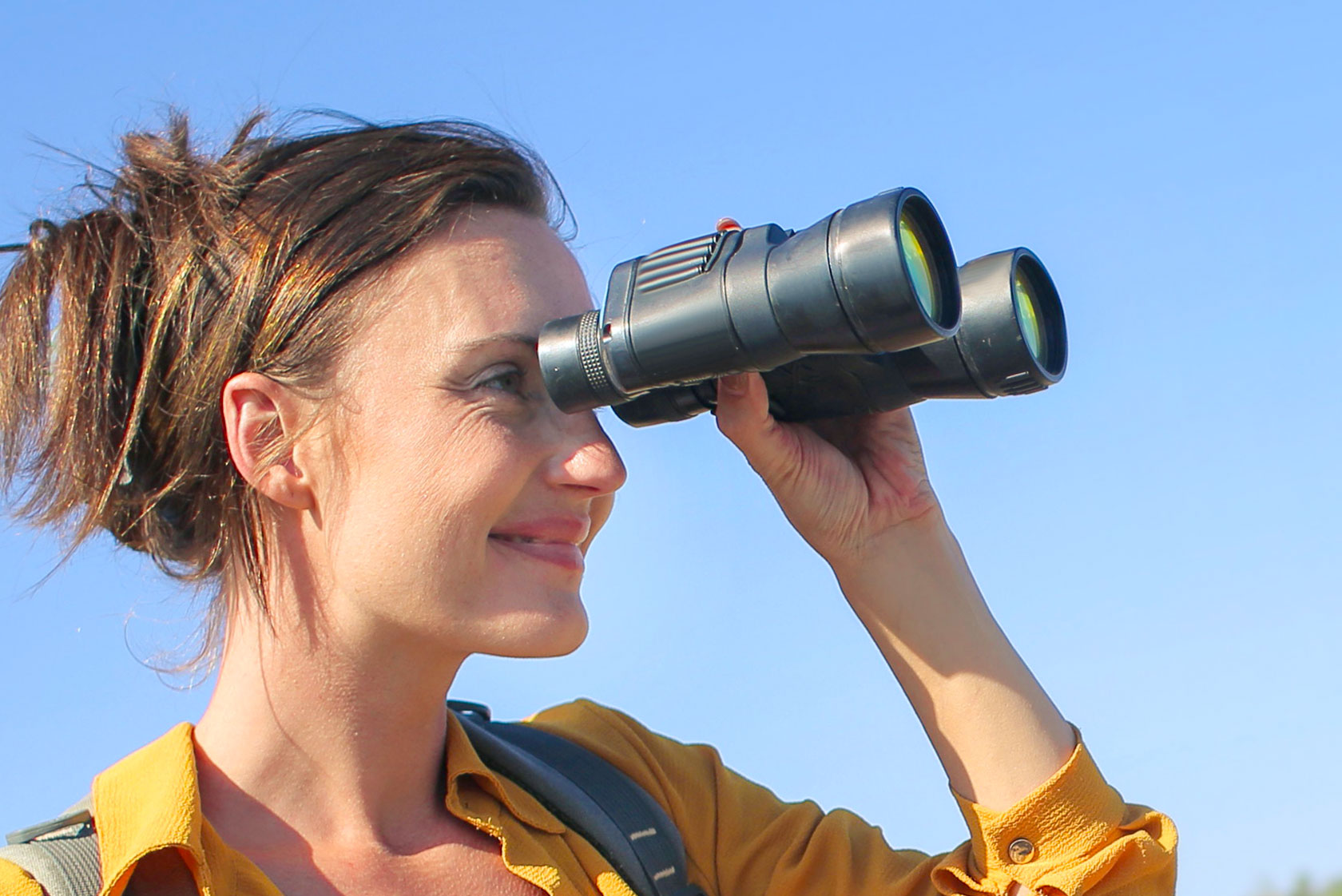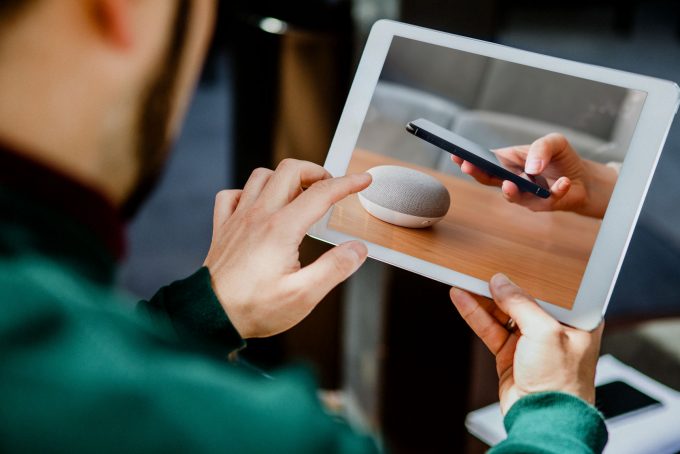
Digital Trends 2022: Dynamic Interplay of Metaverse, Tech Fatigue and Creating New Meaningful Connections Online
No one knows when the pandemic will end, how societies will transform and if humanity will be able to stop the climate change. But some emerging trends indicate that new ways and practices arise that will support the transformations needed or to mitigate unwanted side-effects. This blog post sheds a light on a few of them like metaverse and tech fatigue, new practices for environmental protection and for taking diversity seriously as well as platforms and communities to create meaningful connections.
by Birgit Fingerle

The coronavirus pandemic and climate change seem to function as a booster for digital innovation in some parts and at the same time lead to counter-reactions and effects on the wellbeing of individuals and communities. In this blog post a selection of digital trends is highlighted that could be of interest for organisations such as libraries or digital infrastructure facilities, especially in the context of Open Science.
Metaverse: Web 3.0 leads to new portals of possibility and You-Topia
It is assumed that the next iteration of the internet will be defined by virtual worlds, metaverses, and augmented phygital realities. Metaverse is a dominant topic at present in various trend reports, among them the „2022 Trend Report by Trendhunter – The Roaring 20’s are Coming Back“. The metaverse is an evolution of the internet in which physical and digital worlds converge. In the metaverse people move as avatars and are able to interact, to enjoy entertainment or work on projects for instance. Digital assets, like land, buildings, products, and avatars, can be created, bought and sold.
Many companies aim to play a central role in the metaverse. Although, until now, only a small number of them seem to influence the metaverse. Among them are Meta (Facebook), Spotify, Zoom, Amazon (Twitch), Alibaba, Roblox, Snapchat, Apple, Huawei, WeChat and Microsoft. For instance, Microsoft is expected to launch Mesh for Microsoft Teams in 2022, which it envisions as a gateway to the metaverse. Mesh will offer a mixed reality with shared holographic experiences, where users can attend meetings as customised avatars and collaborate and where companies can build immersive virtual environments. This example demonstrates that the metaverse has the potential to transform the way we work and to enable new forms of creativity.
“Portals of Possibility – Transport people to new dimensions” is a trend defined by Trendwatching.com linked to the metaverse. Libraries could take a lead in this, broadening patrons’ horizons by using the metaverse to make them familiar with new ideas and concepts. Careers Wales demonstrated an example of rethinking traditional career counselling in high schools by launching CareersCraft. This virtual world, hosted on Minecraft helps students identify their strengths by completing challenges and activities along their way between various landmarks in Wales.
Trendwatching.com expects that consumers will favour companies that use their influence to build a more egalitarian digital world in this Web 3.0, where power is distributed or decentralized and where consumers have the power, the tools and the skills to build the metaverse. Consequently, Trendwatching calls the trend “You-Topia – Help build a fairer Web 3.0”. Perhaps libraries and Open Science projects might support them and thus play a major role in the metaverse if it is really going to take off.
NFT: New ways of trading arts and other digital products
Non-Fungible Tokens (NFTs) are widely discussed since the end of 2020 because they are creating a scarcity and desirability for digital items, not seen before, and are associated with the metaverse. NFTs are units of currency in the Blockchain ecosystem that cannot be replicated. Thus, they prove a person’s possession of a digital product.
Creators and artists are using NFTs to trade photographs, videos, music and other digital products. NFT Art helps artists and musicians to profit from their work more easily as selling their works as NFTs is a new and innovative way which helps them to still have some control of it on the internet. Even NFT Exhibitions are already taking place with NFT art galleries becoming more popular. These galleries exist in the digital world and in real spaces and are centered around NFTs. Libraries and Open Science projects should bear in mind to check the consequences of this trend on their work.
Environmental protection: Integrated into everyday tech and even website design
In IFLA’s Trend Report 2021 Update environmental issues were already raised. Libraries cannot ignore the fact that they too have to act, because of the threats of climate change. In different industries, more companies are committing to regenerative practices and sustainability. Thus, environmentally friendly trends are part of various trend reports. In its 2022 Trend Report Trendhunter lists Solar-Powered Retail and Biodegradable Tech as new trends. This refers to tech products and accessories being built with environmentally friendly materials, for instance biodegradable desktops, compostable phone cases or more eco-conscious materials.
Another interesting trend is called Carbon-neutral browsing: Companies are rethinking the way they design their websites in order to be less damaging to the environment. By redesigning their websites using small images or basic typefaces they make them more energy efficient, because simple visuals decrease the energy needed to load the site, this reduces carbon emissions. These are only some trends of regenerative practices libraries should consider to fulfil their responsibility.
Consider new practices to live diversity seriously
As the IFLA Trend Report 2021 Update stated, diversity is now taken seriously. More awareness of the existence and impacts of discrimination in society will influence diversity practiced in libraries. Living diversity and ending discriminatory practices is extremely important to contemporary consumers and is expressed in various trends. Two are cited in the „2022 Trend Report von Trendhunter – The Roaring 20’s are Coming Back“. The trend LGBTQ+ Therapy encloses means to tailor healthcare to better serve non-binary, trans and queer consumers. Related to this is the trend LGBTQ+ Entrepreneurship, which stands for not-for-profit organisations supporting the business endeavours of the LGBTQ+ community in order to develop a diverse business and tech industry by overcoming barriers. Corresponding to these trends, taking diversity seriously could or should have an impact on the collections, services and practices of libraries and Open Science projects to better support marginalised communities.
Creating meaningful connections: Joyning, Mutual Aid and P2P Communities
Joyning – Finding meaningful connections in a lonely world is a trend evolving from the digital lifestyle with omnipresent digital technologies and platforms, the ongoing pandemic and the rising number of people feeling lonely and isolated. To serve this trend, organisations should ask themselves, how they could support people to foster connections that are genuine, supportive and meaningful.
The trend P2P Community (Peer-to-peer Community) could be part of the answer. New platforms and communities create digital spaces where people connect and give one another peer-to-peer support. Another related trend is Link ‘n Learn – Engaging through peer-to-peer education. An example of this trend is a platform for online classes where older adults are encouraged to connect and engage with their peers. It enables anyone to teach or join small classes and to interact while they cook or dance. Mutual Aid Network is another similar trend enforced by the coronavirus pandemic. Mutual aid networks maintained exclusively by volunteers are growing worldwide facilitated by not-for-profits that offer special tools to bring the community together in sharing resources. How could libraries and Open Science projects participate in these trends and build such supportive communities?
Analogue backlash: Tech fatigue boosts mindfulness
The IFLA Trend Report 2021 Update (PDF) stated an Analogue Backlash caused by the stresses of constant social media connectivity. Similarly, a Tech Fatique is diagnosed by Trendhunter that is also grounded in working and learning from home due to the COVID-19 pandemic leading to stress and a lack of being outside and physically active. To answer this trend and to fight burn-out, organisations add special features to their products, like built-in features on meeting platforms that limit stimuli and help people taking breaks and being more mindful with their energy levels. This trend could be interesting for library services and Open Science activities when rethinking their digital services and tools.
More information on trends und technologies for 2022:
- TrendHunter’s 2022 Trend Report
- 22 Consumer trend opportunities for 2022 by Trendwatching.com
- The Future 100: 2022 by Wunderman Thompson
- New trend report: into the metaverse by Wunderman Thompson
- Fjord Trends 2022
- What EDUCAUSE’s 2022 Top 10 IT Issues Mean for Libraries
- CES 2022: Key trends – Tech gets humanized at CES 2022
- IFLA Trend Report 2021 Update
- Medientrends (German)
- Marketing Trends 2022 from Deloitte – Seven trends and a new world (German)
- The 5 Biggest Technology Trends In 2022
- Gartner Identifies the Top Strategic Technology Trends for 2022
- Horizon Report 2021: Focus on Hybrid Learning, Microcredentialing and Quality Online Learning
- Digitalisation in Libraries: 5 Lessons from the Corona Crisis for the New Normal
- Digital Trends 2021: Collective Displacement Leads to Relocation and Rethinking of Activities
About the author:
Birgit Fingerle holds a diploma in economics and business administration and works at ZBW, among others, in the fields innovation management, open innovation, open science and currently in particular with the “Open Economics Guide”. Birgit Fingerle can also be found on LinkedIn.
Portrait, photographer: Northerncards©
View Comments

Open Educational Resources: Getting Started in OER in the User Services – Best Practice from the ZBW
The greatest hurdle was the following decision: When is the draft good enough to go...



